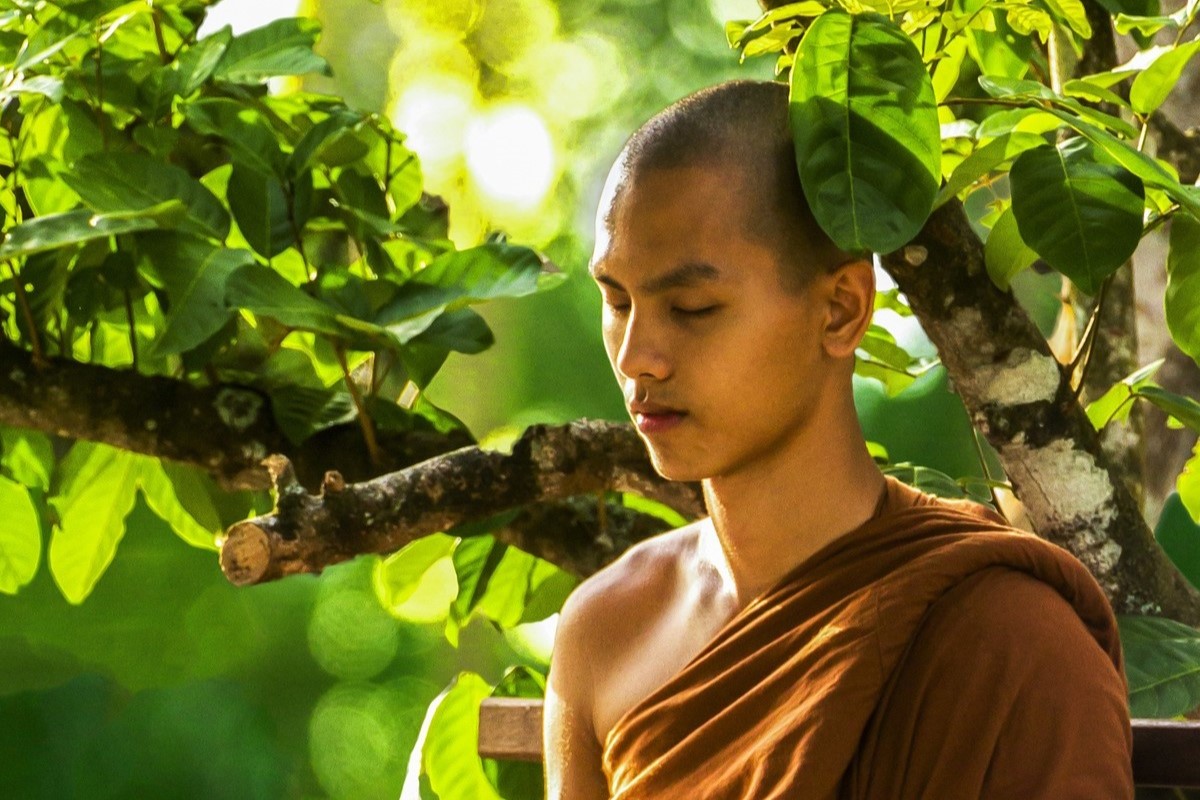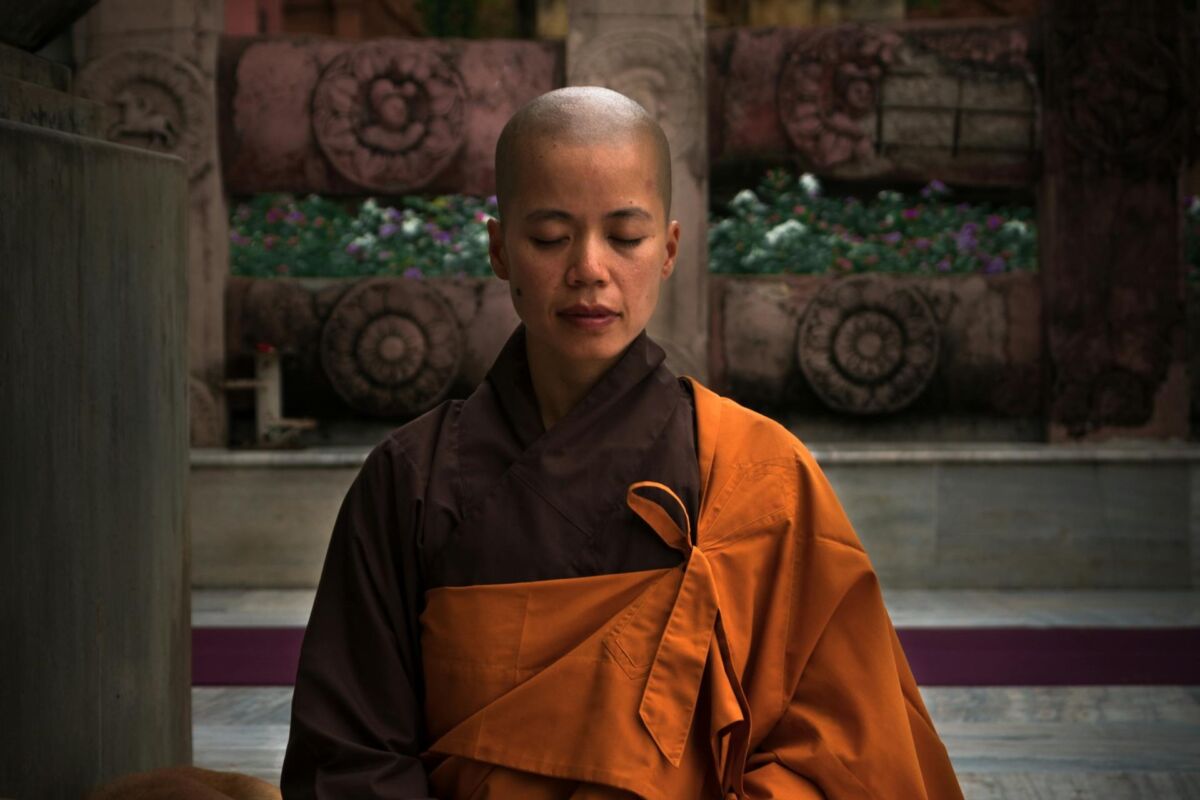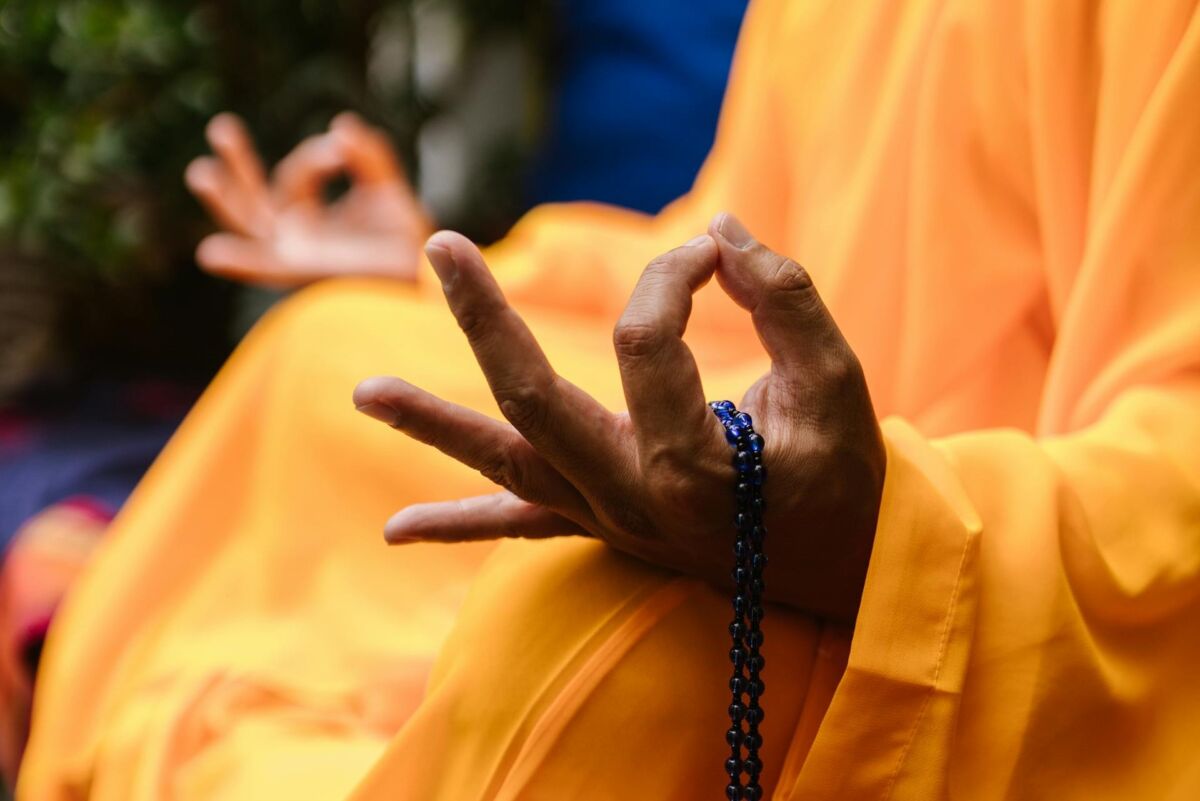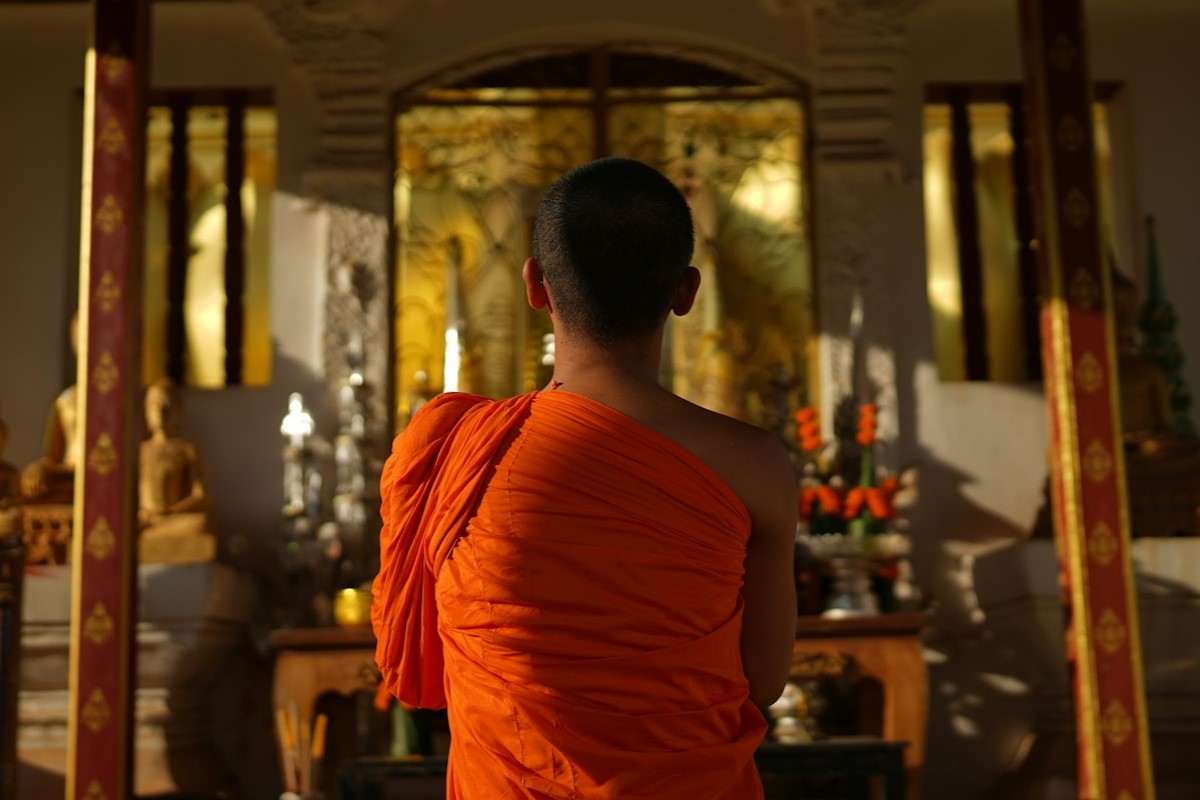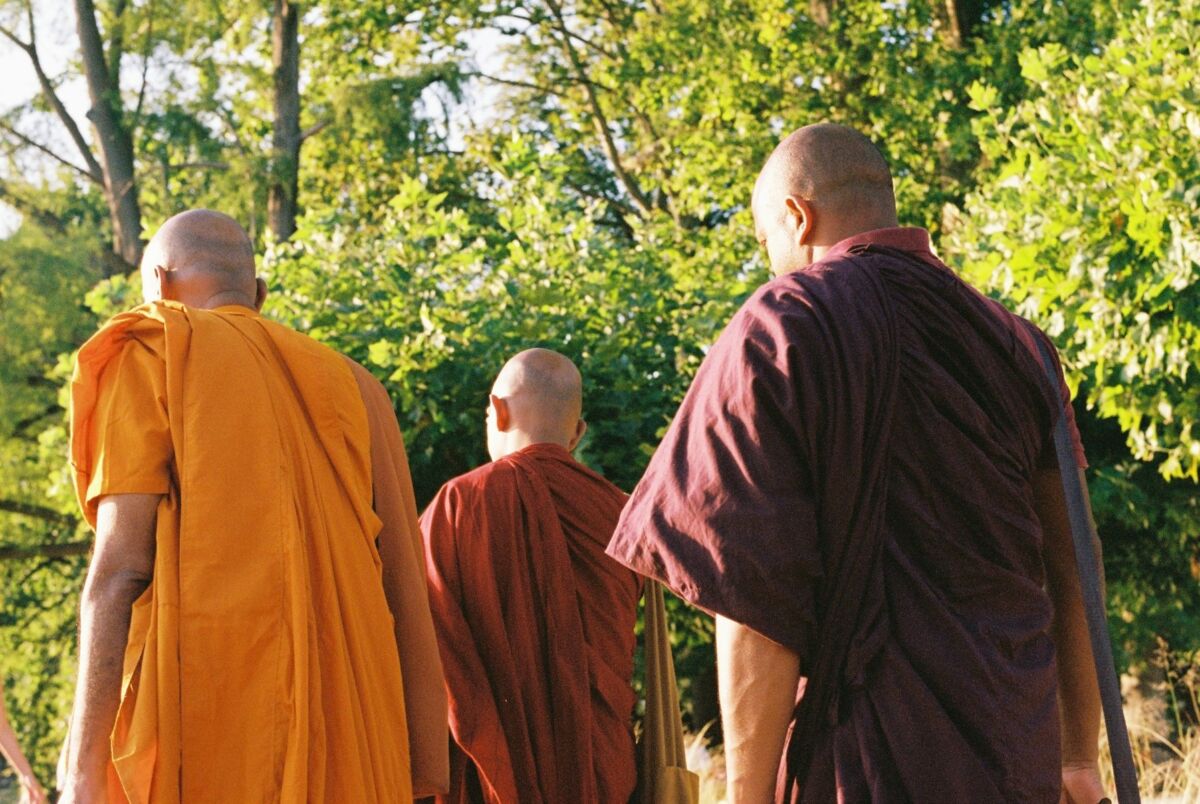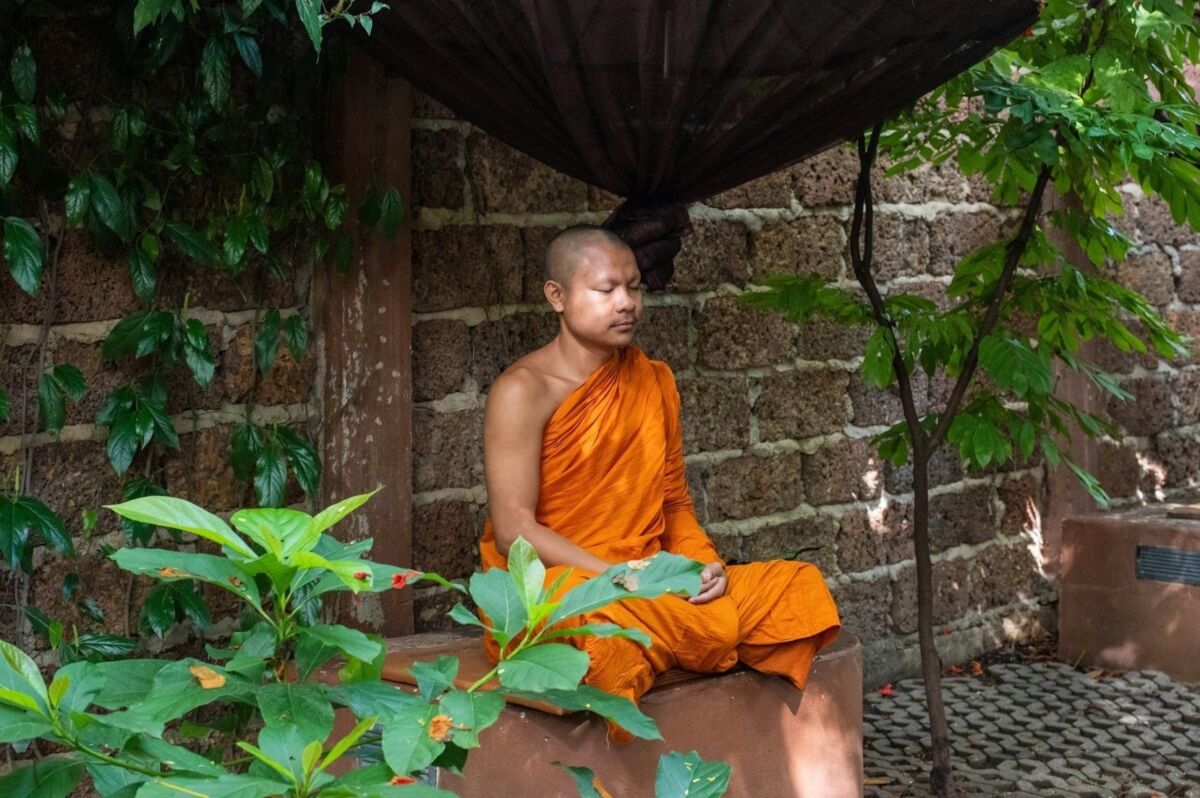Mindfulness of the four elements in Buddhism is designed to remind us that our existence is entirely dependent on the outside world.
The division we tend to create between the elements within this body, which we perceive as something ‘I am,’ and the manifestations of the elements outside this body, which we view as something substantially different from ‘I am,’ is being called into question.
In a modern context, this ancient practice can deepen our awareness of the threats posed by pollution and climate change by reminding us that “it is our responsibility to take care of nature outside just as much as we take care of our own body.” Here’s how it’s described in the book Satipatthana Meditation: A Practice Guide by Bhikkhu Analayo:
One examines this same body, however it is placed, however disposed, by way of the elements: “In this body there are the earth element, the water element, the fire element, and the wind element.”
To provide a better understanding of how to put these instructions into practice, Analayo gives the following example:

FREE Self-Test: How Spiritual Are You?
To gain a sense of each of these elements, we could grit our teeth to get a feel for hardness as a manifestation of the earth element. Then we notice how the dryness in our mouth is gradually being replaced by wetness [as a manifestation of the water element]. … The fire element is quite evident on the skin level, as this part of the body is specifically sensitive to temperature. The wind element is especially noticeable in the process of breathing.
[…]
It is not necessary to strain ourselves in order to feel distinctly each and every aspect of the manifestation of the four elements in the body. … Matter is indeed made up of some degree of solidity, some degree of cohesion, it has some temperature, and it is in constant motion within. … [I]t is not necessary for us to conduct sustained research in order to ascertain the correctness of this map. It is sufficient, for our present purposes, to combine awareness of the body with the knowledge derived from this map.
Analayo continues by writing that “contemplation of the elements can naturally lead from internal elements within the body to external manifestations of the elements outside the body,” such as noticing the solidity of the ground beneath our feet, the sensed feeling of outside temperature, or the movement of the air as it enters our body, culminating in an appreciation of their impermanent nature. He then adds:
By attending briefly to these external dimensions without allowing them to distract us from the actual practice of being in the body, the interdependence between the body and outside nature becomes more a matter of personal experience. The narrow sense of selfhood can be allowed to dissolve in the vastness of nature around us. In a way looking at nature externally can seem as if we are looking in a mirror. All that is there internally and externally is just the elements.
We learn to overcome the limitations of our confined sense of bodily identity by becoming part of something larger. The body is just part of nature; it is made up of these four elements just like the rest of nature outside. This body does not really belong to us; it belongs to nature, it has been borrowed from nature, and it will eventually return to nature when the four elements fall apart at the time of death.
How to Practice Mindfulness of the Four Elements (With Guided Audio)
For actual practice, Bhikkhu Analayo goes on to suggest “using the same scanning method already employed for the contemplation of of the anatomical parts:”
Starting with the head, we move down to the feet, contemplating the earth element. During this scan, we are aware of the whole body pervaded by the earth element, with particular attention given to the skeleton, as this is the most prominent manifestation of the earth element.
For the water element, I suggest moving up from the feet to the head. … [During this scan,] we might note that the water element is particularly prominent in the bodily liquids found in the fleshy part of the body.
[Then we move] from the head down to the feet for the fire element, … [which] is quite evident on the skin level, as this part of the body is specifically sensitive to temperature.
Finally, [we move] once more from the feet up to the head for the wind element, … [which] is especially noticeable in the process of breathing. … Some prefer to note the process of breathing through attending to the sensations below the nostrils and above the upper lip. Others prefer the inside of the nostrils or the back of the throat. Others aim at the movement distinguishable in the chest area or the rise and fall of the abdomen.
Use this guided meditation narrated by Bhikkhu Analayo, courtesy of Windhorse Publications:
In Buddhism, mindfulness of the four elements is a part of Satipatthana Meditation that leads to Nirvana and is preceded by mindfulness of anatomical parts, mindfulness of bodily activities, and mindfulness of bodily postures. Complement with deep ecologist John Seed on going beyond anthropocentrism and then revisit writer and poet Wendell Berry who said, “What is good for the world will be good for us.”
About the book’s author: Ven. Bhikkhu Analayo was born in 1962 in Germany, was ordained in 1995 in Sri Lanka, and completed his PhD on satipatthana at the University of Peradeniya in 2000. At present, he is mainly engaged in the practice of meditation, and among other things contributes to the Encyclopaedia of Buddhism. He has authored several books on Buddhist practice, including Satipatthana and Compassion and Emptiness in Early Buddhist Meditation.
Editor’s note: This article was updated with additional instructions and guided meditation by Bhikkhu Analayo.

FREE mindfulness resources for stress relief
I’m a freelance writer and mindfulness advocate behind this blog. I started my meditation practice in 2014, and in 2017 I launched this website to share what I learn with others. Here are the three things you can do here:
1. Schedule a free consult if you want to learn Buddhist meditation.
2. Download free mindfulness resources for stress relief
3. Join Patreon for exclusive content and community meetings.

